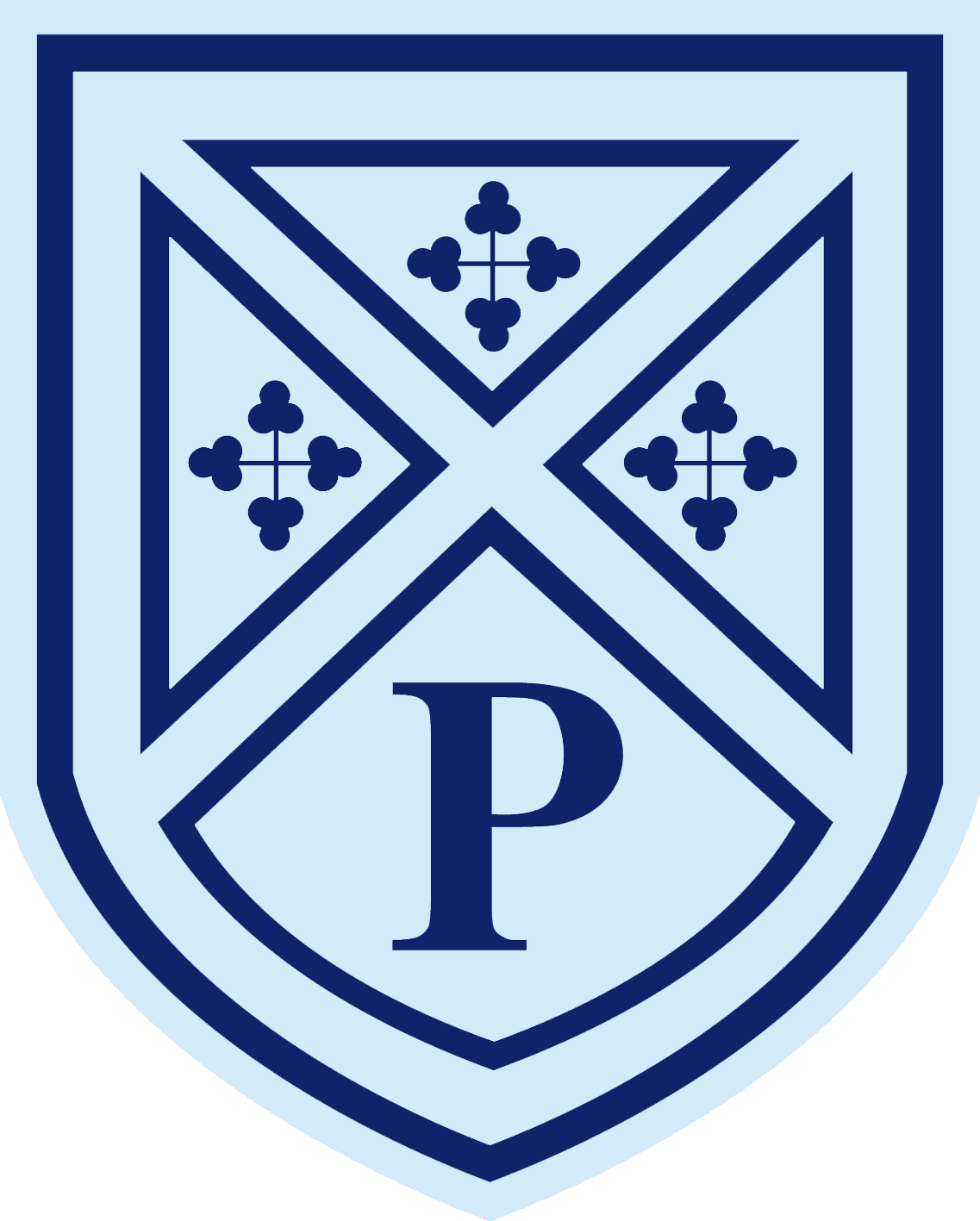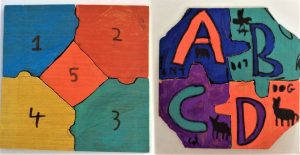Choose a Subject
“Creativity is inventing, experimenting, growing, taking risk, breaking rules, making mistakes and having fun.” – Mary Lou Cook
“Design creates culture. Culture shapes values. Values determine the future.” – Robert L Peters
At Parkside, Design and Technology is inspiring, rigorous and practical. Using creativity and imagination, pupils design and make products that solve real and relevant problems within a variety of contexts. They acquire a broad range of subject knowledge and draw on their learning from other subjects such as Maths, Science and Art.
Parkside's Design Technology curriculum engages all pupils to develop skills in the research, planning, design and practical stages. Pupils are taught to consider practical purpose and application, designing products for real-life contexts and circumstances. They are encouraged to work with independence, planning for desired outcomes, and organising resources required to be able to hit deadlines.
We aim to impart knowledge through a range of different design briefs, encouraging students to be resilient and focussed on the quality of the outcome generated.
What makes it special at Parkside:
Choose a Year Group
Year 5
Autumn
In the Autumn Term, Year 5 create a product based on their learning of mechanisms (levers and linkages). During this design and make project, pupils will firstly evaluate key inventions/innovations/designs from throughout history. From this they will then design a robot for the future and be able to communicate its functions.
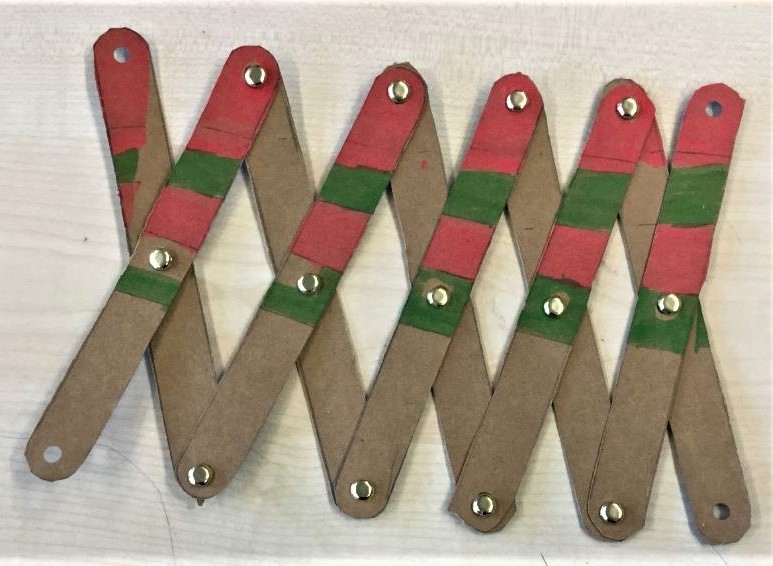
Pupils will create a prototype of the robot from a template that incorporates a lever/linkage to create movement. This should support the knowledge of levers and linkages they will gain before then creating their own set of ‘lazy tongs’ that have to meet a design criteria.
Pupils will finally evaluate their prototype using peer feedback and against the criteria that was given.
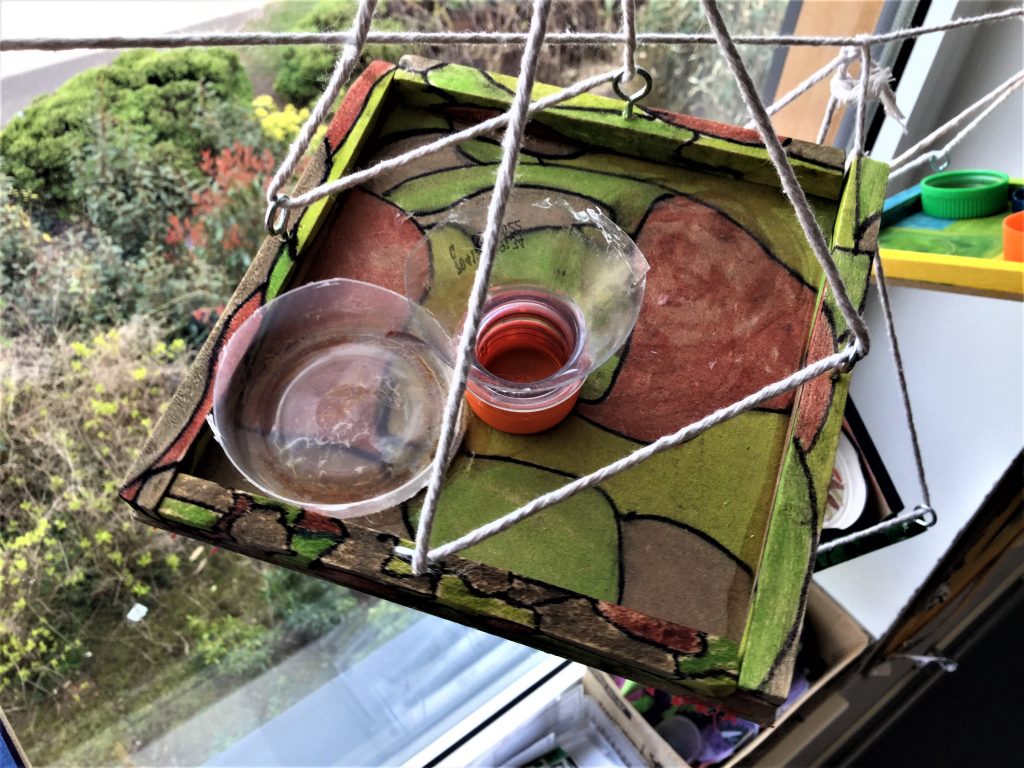
Spring
During Spring, pupils complete two projects; wildlife feeding station, needle houses.
The context for the first design project is to work on behalf of Worcestershire Wildlife Trust. Pupils will firstly carry out a product analysis activity to explore and evaluate existing products. (wildlife feeders, stations, tables)
They will then design a variety of ideas, with some given material restraints, for their own feeding station product. Their designs must have a clear purpose and be aimed at a specific user.
After planning how they will make it, each pupil will construct their product prototype. They will need to seek views of others throughout to support development and improvement to their designs.
The context for the second product design project is to make a needle house that the pupils will hopefully continue to use as they progress through Parkside when undertaking Textiles projects.
They will first develop basic skills of threading a needle, tying a knot and two stitches (running and whipstitch).
The pupils will then use a pattern to create a needle house following instructions provided. Pupils will be encouraged to ‘embellish’ their designs to make them unique.
Summer
Food and Nutrition - During this project pupils will initially investigate origins of food and identify simple food processes as well as beginning to consider seasonality and what it means.
They will explore existing products (dips) and carry out a product analysis/sensory evaluation before designing and making their own (in small groups). They will also develop their baking skills by making breadsticks (in small groups).
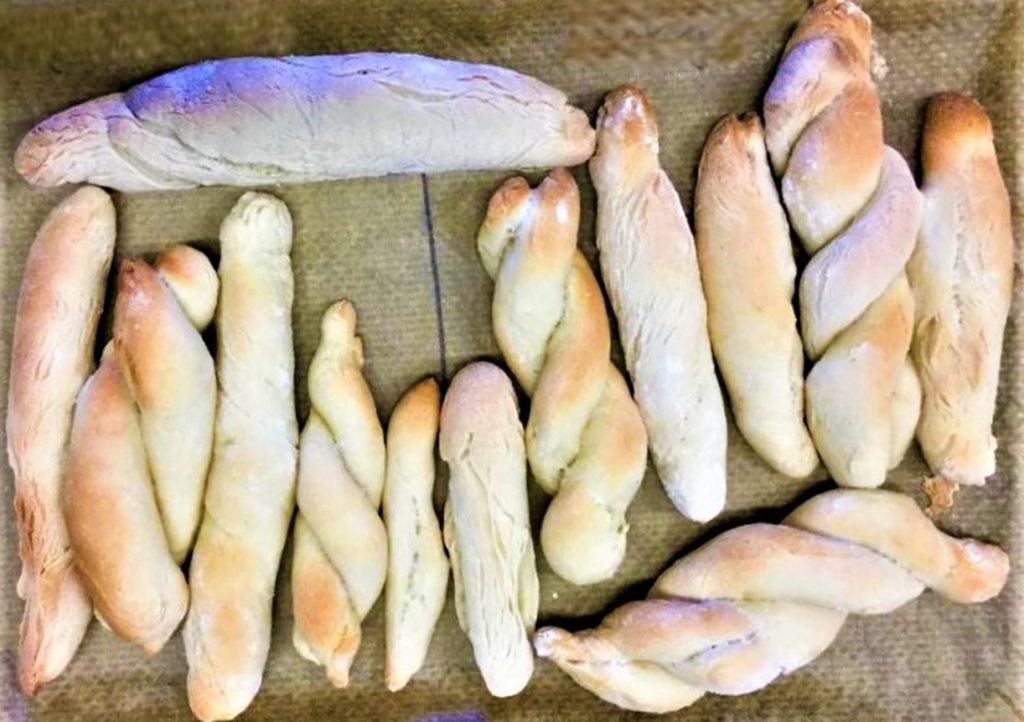
Year 6
Autumn
Pupils will be introduced to the project from the ‘design brief’. Pupils will be making an automata toy for the charity WWF, with a focus on an endangered animal. It will be used as a POS (point of sale) next to a donation box.
Initially pupils will need to create their own design criteria after selecting an endangered animal as the automata toys focus.
They will then gain the knowledge and understanding of the mechanical system (cams) in order to create their product prototype.
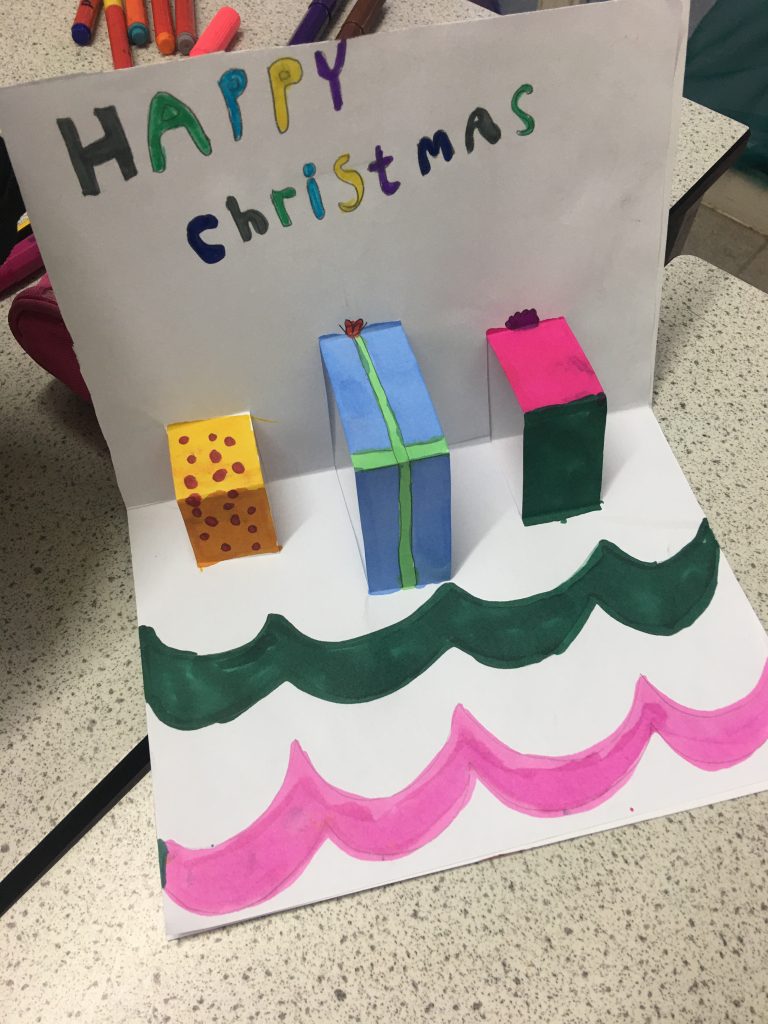
Pupils will then use this technical knowledge to support the construction of their Automata Toy. Pupils will be encouraged to evaluate throughout the design and making process.
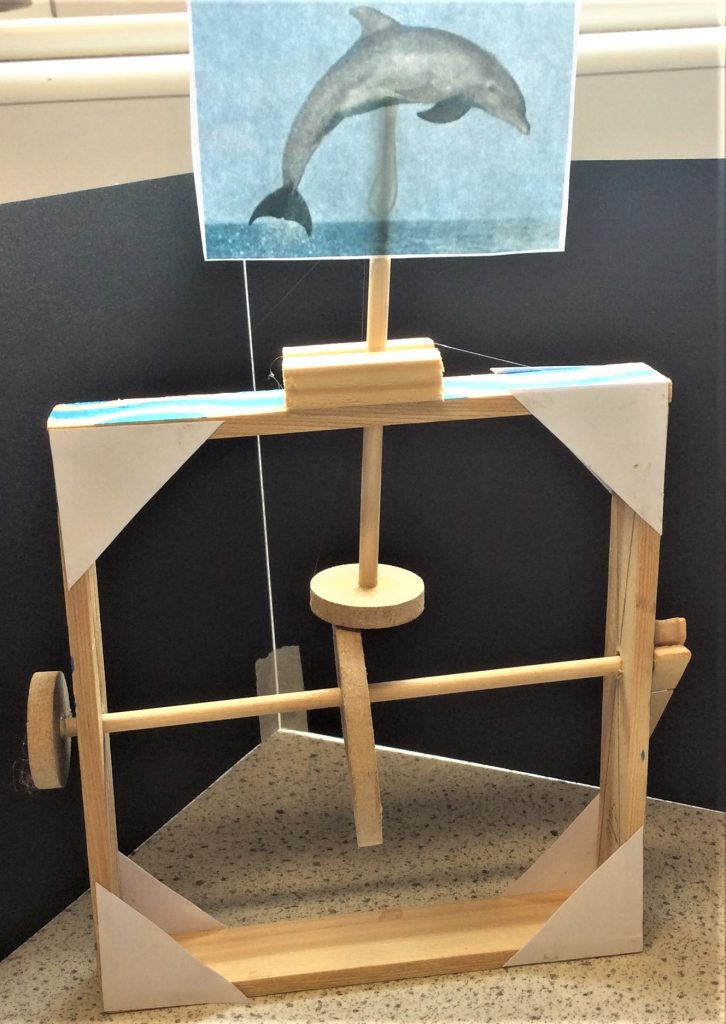
Spring
Pupils will develop their handcraft skills by designing and making a ‘sock monster’.
They will develop/learn how to sew stitches such as blanket, back and whip.
Pupils will then use a set of instructions to create their sock monster. Following this practical, if there is time, they will create a story for a ‘pop- up book’ (possible separate project) that would accompany the toy if retailed.
Summer
Food and Nutrition: During this project pupils will further investigate origins of food and identify simple food processes as well as identifying the seasonality of different foods.
They will explore existing products (cold pasta pots) and carry out a detailed product analysis before designing and making their own (in small groups). They will then finalise the project by evaluating their practical skills and their finished product (pasta pot).
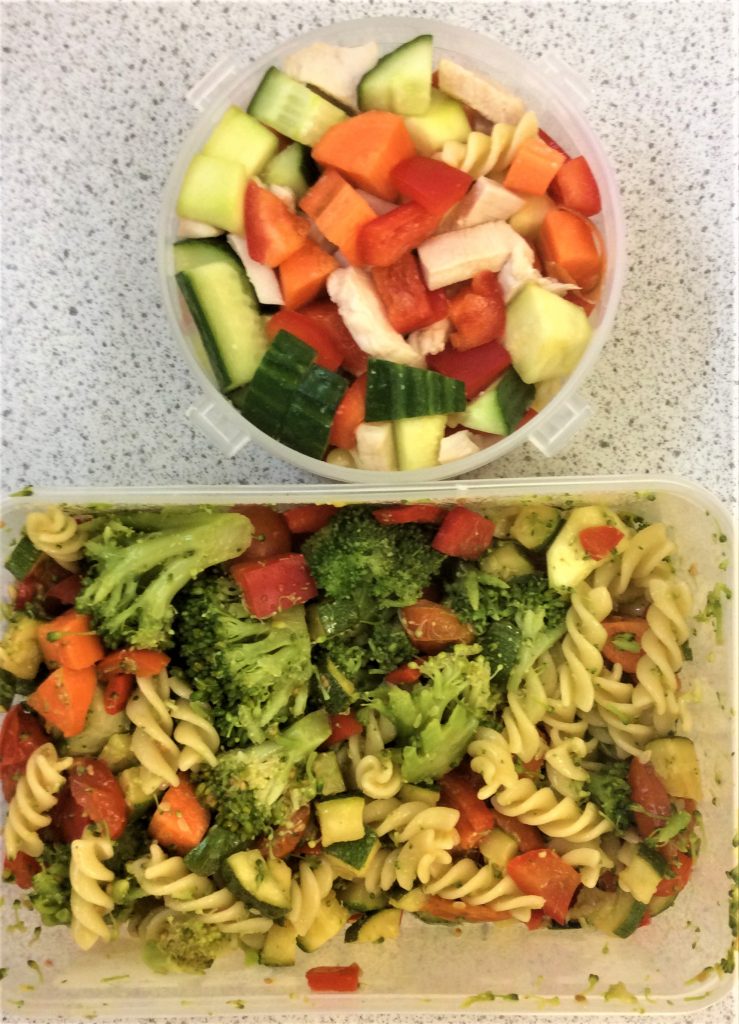
Year 7
Resistant Materials Product Design:
Pupils will design and make an educational wooden jigsaw puzzle that is suitable for an 18 month old – 3 year old child.
After investigating and analysing existing products on the market, pupils will generate a selection of ideas and choose a design to develop.
Using hand tools, pupils will produce their prototype and then evaluate its success against their original specification, highlighting how it could be improved.
They will learn how to classify wood, and know some examples of both natural (hard/soft).
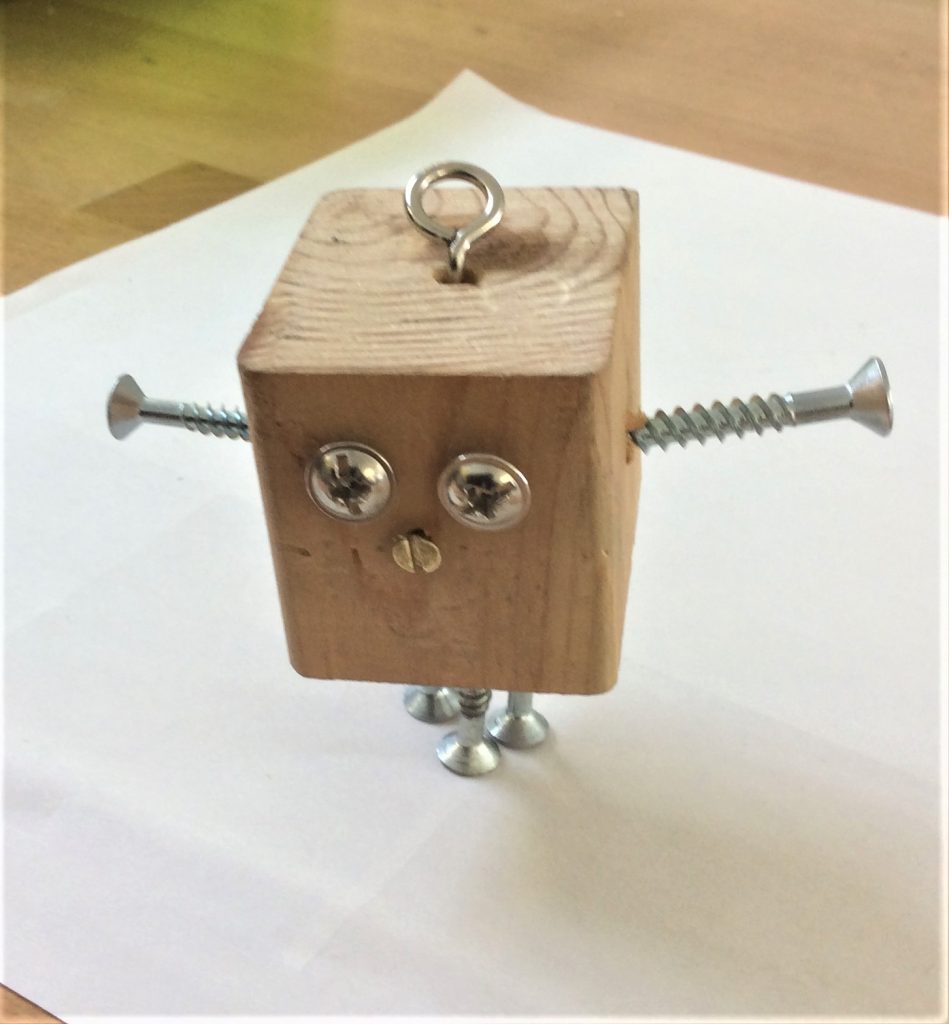
Textiles Product Design:
Pupils will design and make a A5 planner/notebook cover using recycled denim. The pupils use an approach of ‘user-centred’ design to create an idea before producing a 3D prototype of their design. Pupils will use handcraft skills and machinery to produce their 3D prototype and they will trial/test the product before pupils evaluating and identify ways of improving it.
They will learn how to use a sewing machine and will research textile fibre sources.
Food and Nutrition:
After completing a task that reinforces and provides pupils with an understanding of the importance of food safety, they carry out a range of activities that include investigating packaging, salt/sugar content in foods, taste testing/market research.
For the practical element of the curriculum, pupils work in small groups and adapt a savoury mince dish recipe to suit their own palettes. They then get the opportunity to realise their design by cooking their chosen recipe. We hope this experience enables pupils to cook for their families with confidence.
Year 8
STEM inspired Product Design:
This product design project emulates a ‘factory’ setting where an electrical product is designed and manufactured. The company works from a design approach called ‘biomimicry’. The pupils will gain knowledge and understanding of this design approach before using their maths and science skills to design and make their own ‘beastie bug’ and its blister packaging.
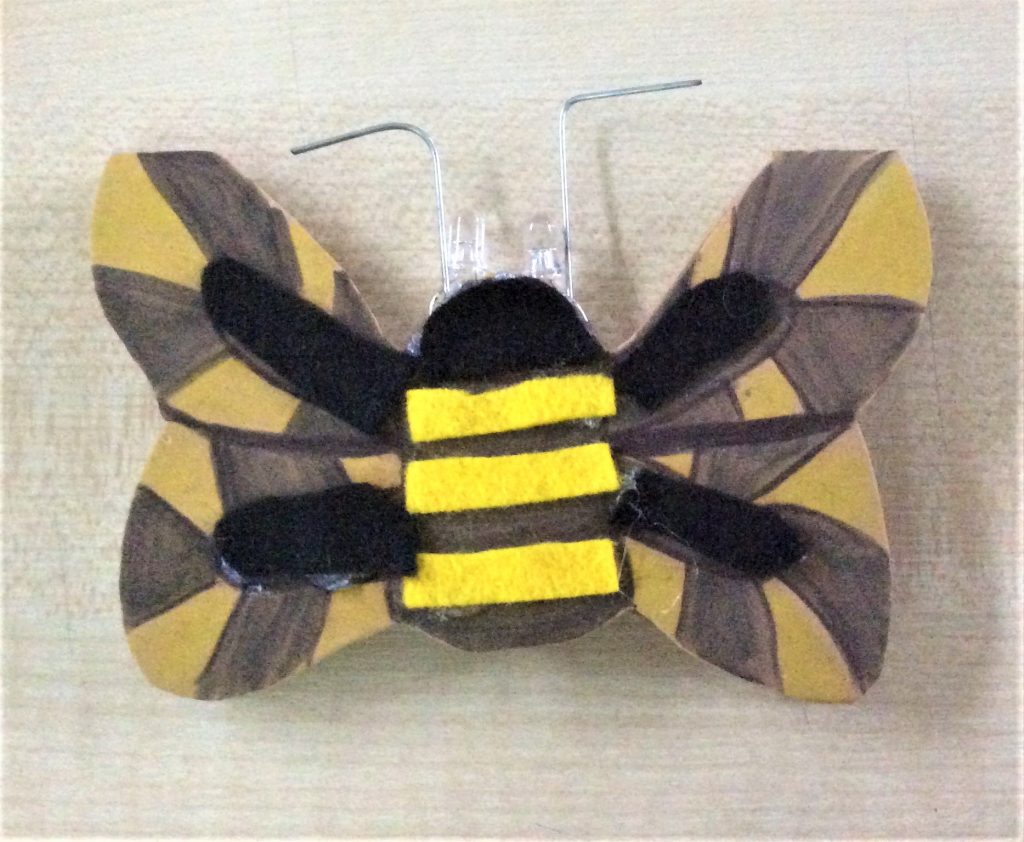
Throughout the project they will be working to a specification and time constraint and will be introduced to new tools and machinery (soldering and vacuum forming). The project will be finished by evaluating whether the product is ready for ‘dispatch’, if it meets the original specification and how it could be improved.
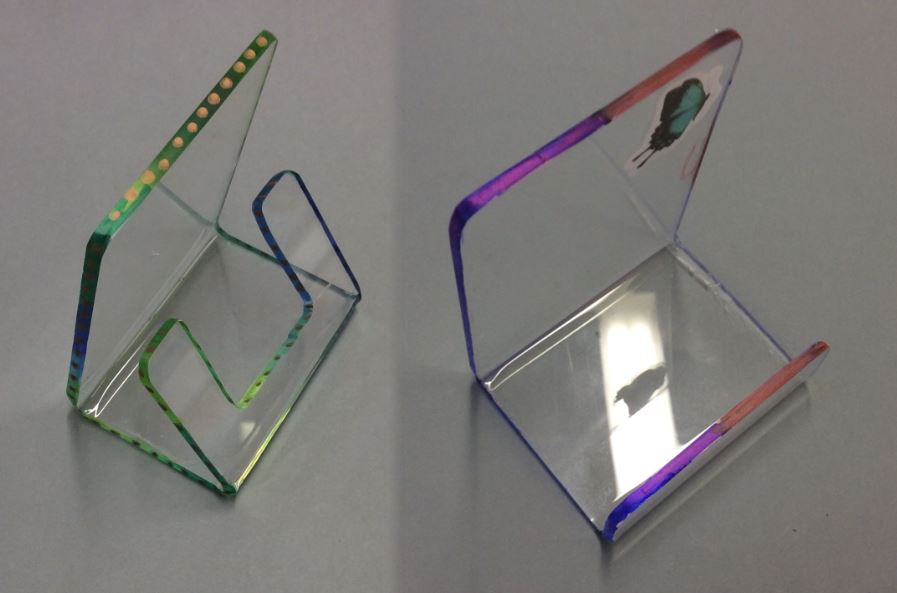
Resistant Materials Product Design:
Following the instruction of the teacher in this project, pupils will make a mobile phone holder and a clock (from a single sheet of plastic) that has been influenced by a British artist. The focus is to learn ‘first hand’ about the properties of acrylic plastic whilst developing a broad range of handcraft and machinery skills and finishing techniques. The pupils need to ensure their finished products are ‘fit for purpose’
Food and Nutrition:
After completing a task that reinforces and provides pupils with an understanding of the importance of food safety through identifying key issues, pupils will carry out independent research into Chinese cuisine and culture.
From this research pupils will design a selection of suitable ideas for an authentic Chinese stir fry dish.
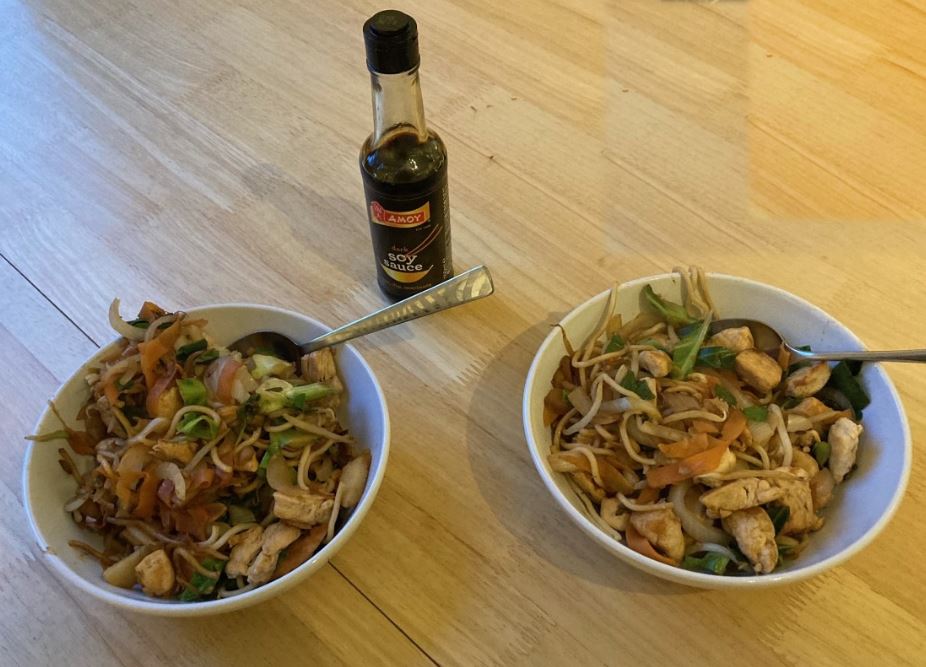
Pupils will learn and develop the skills required to prepare and cook the dish for presentation ‘master chef’ style. Pupils will then need to create a ‘recipe’ card for their prepared dish.
